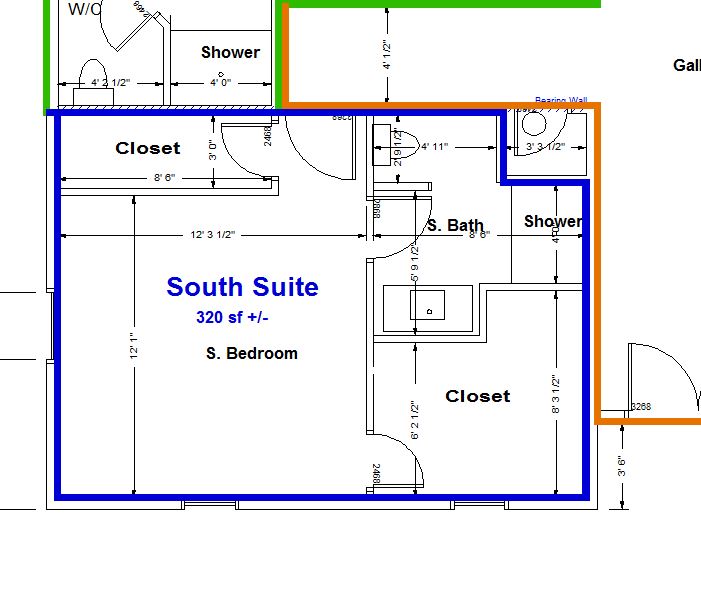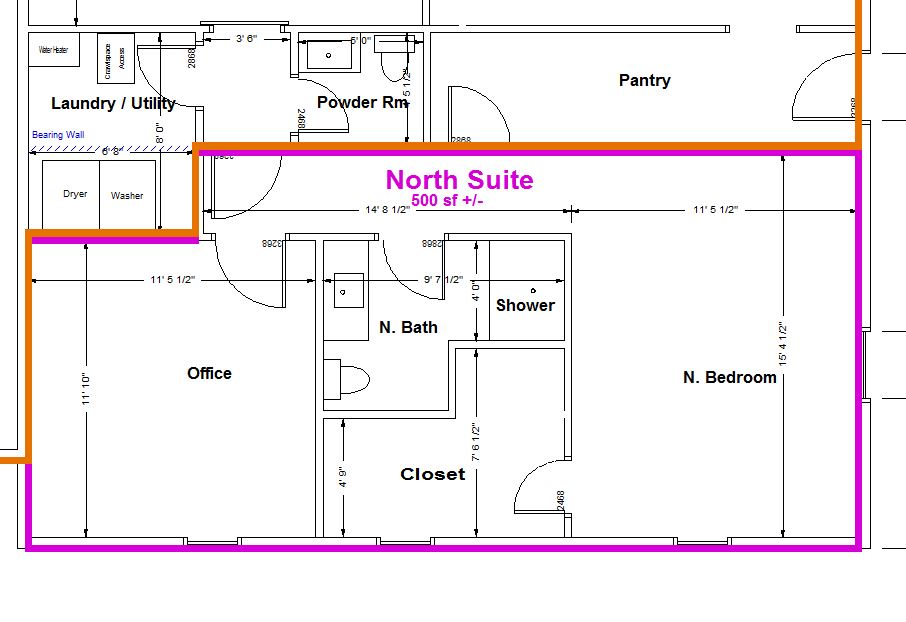-
37,900 Highway
Miles -
558 Hours
Highway Driving -
18 Round Trips
Indiana to Ned -
5 Round Trips
Ned to Denver -
1 Round Trip
Ned to Cheyenne, WY -
148 Days away
from Home


Nederland Mountain Home Nearing Completion
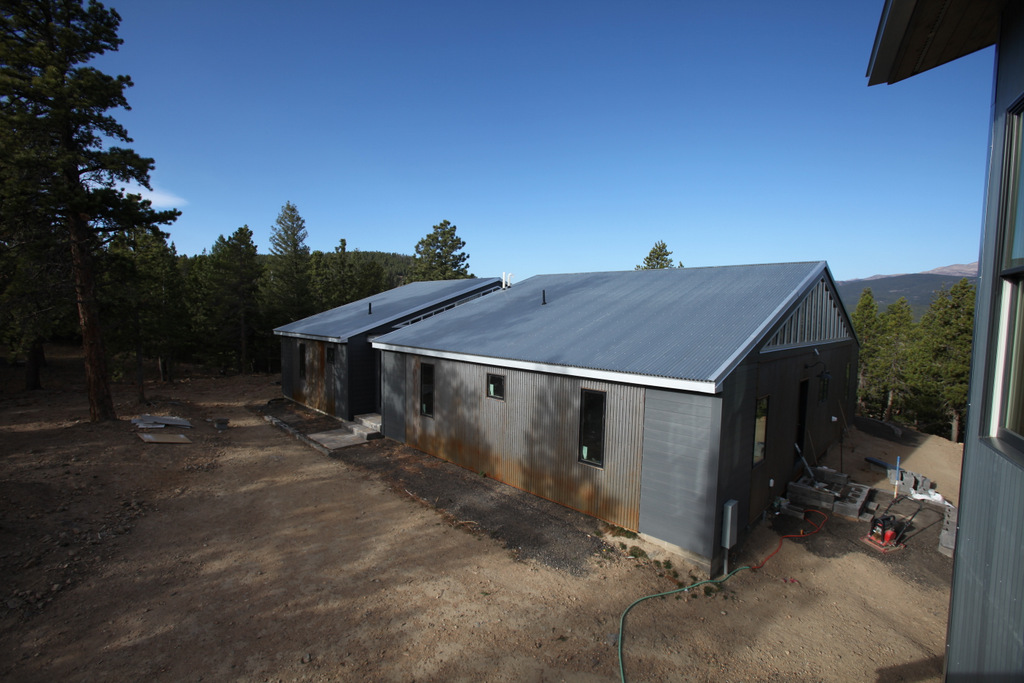
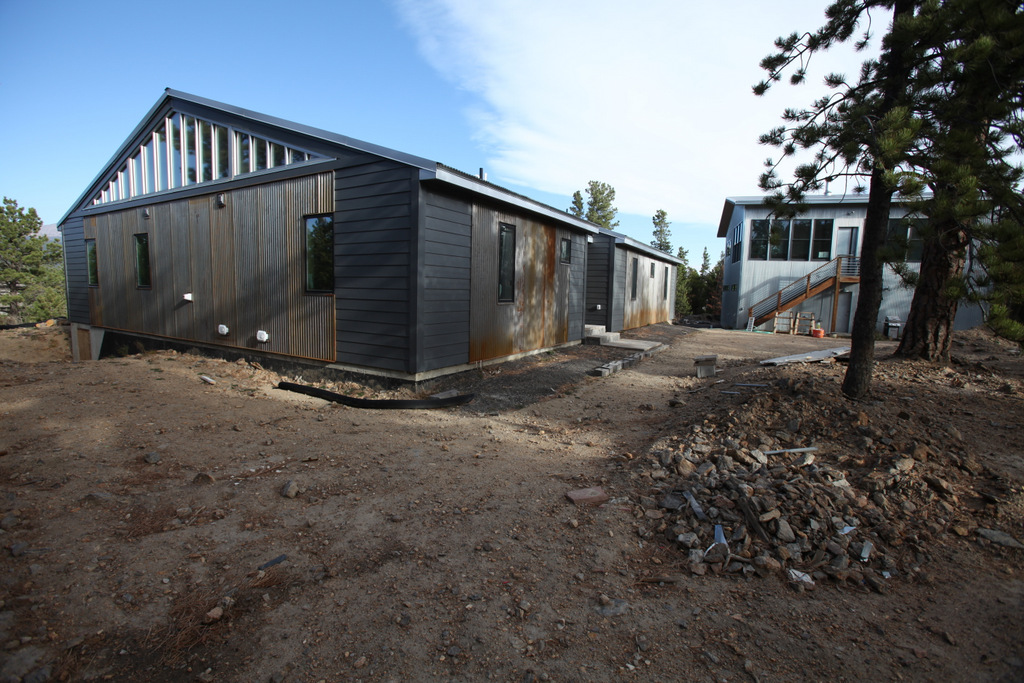
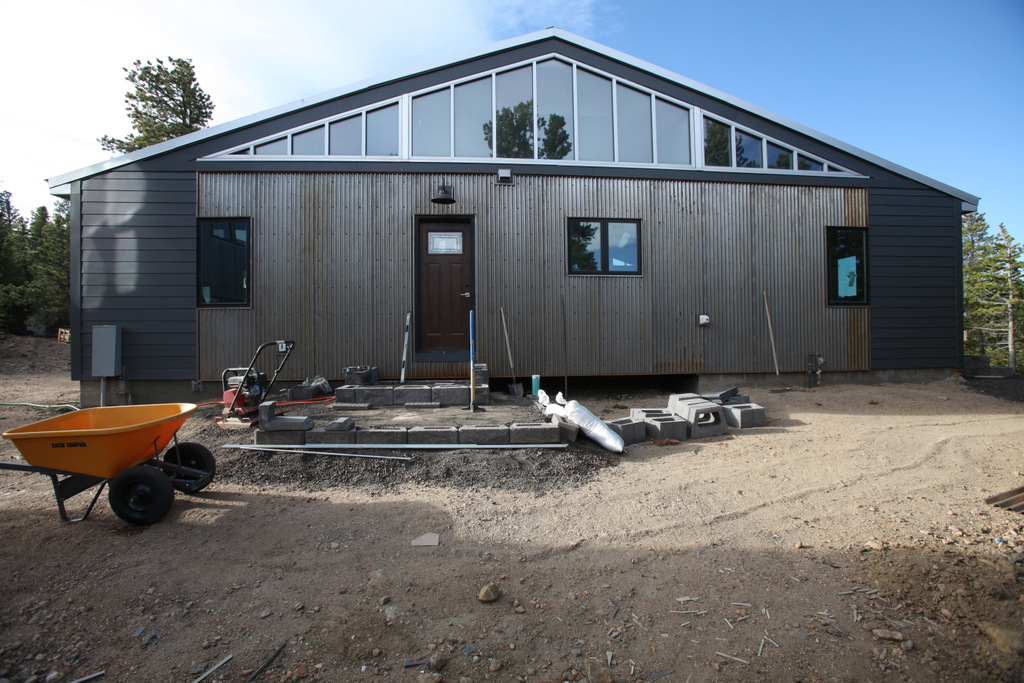

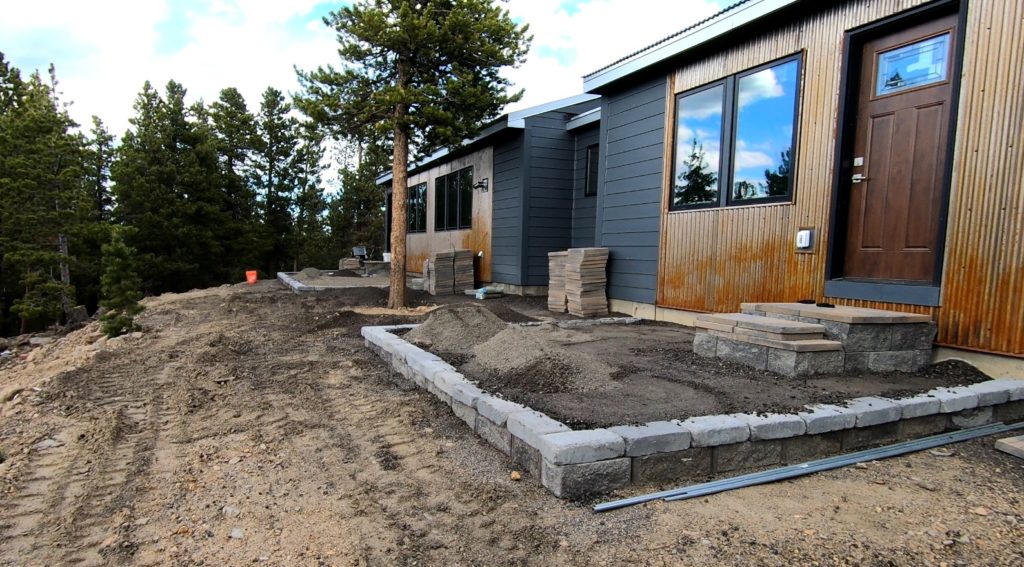

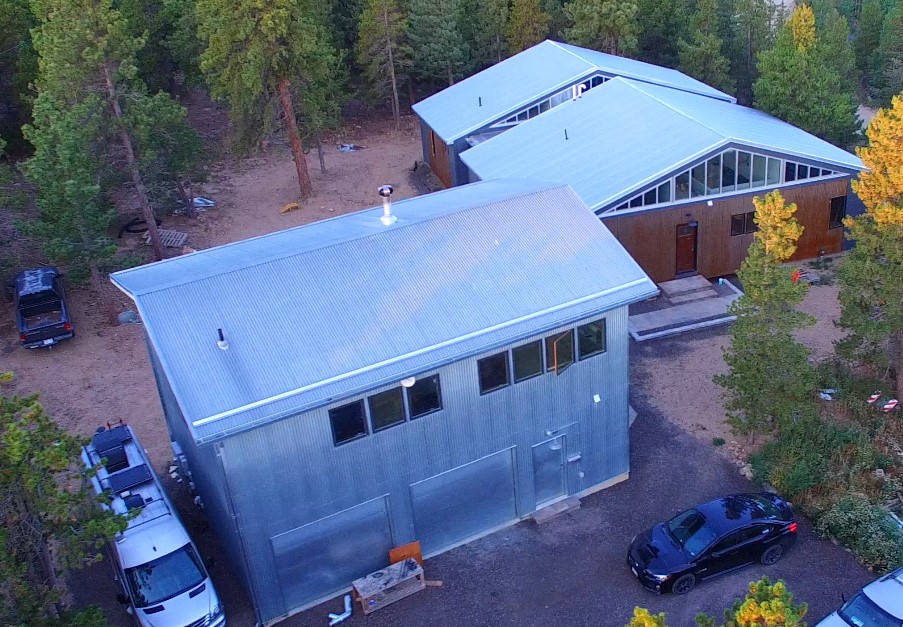
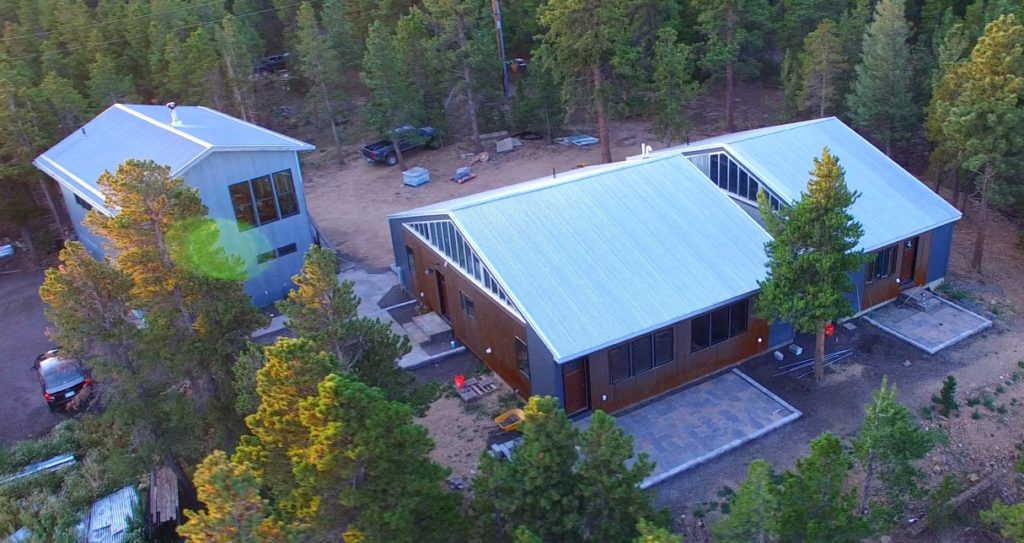
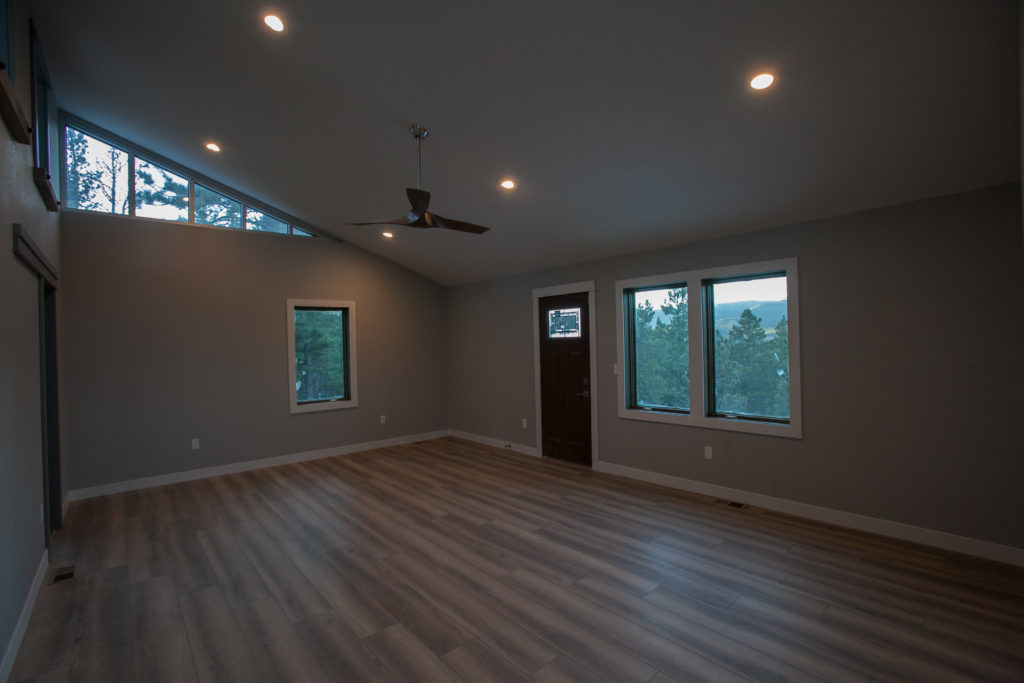
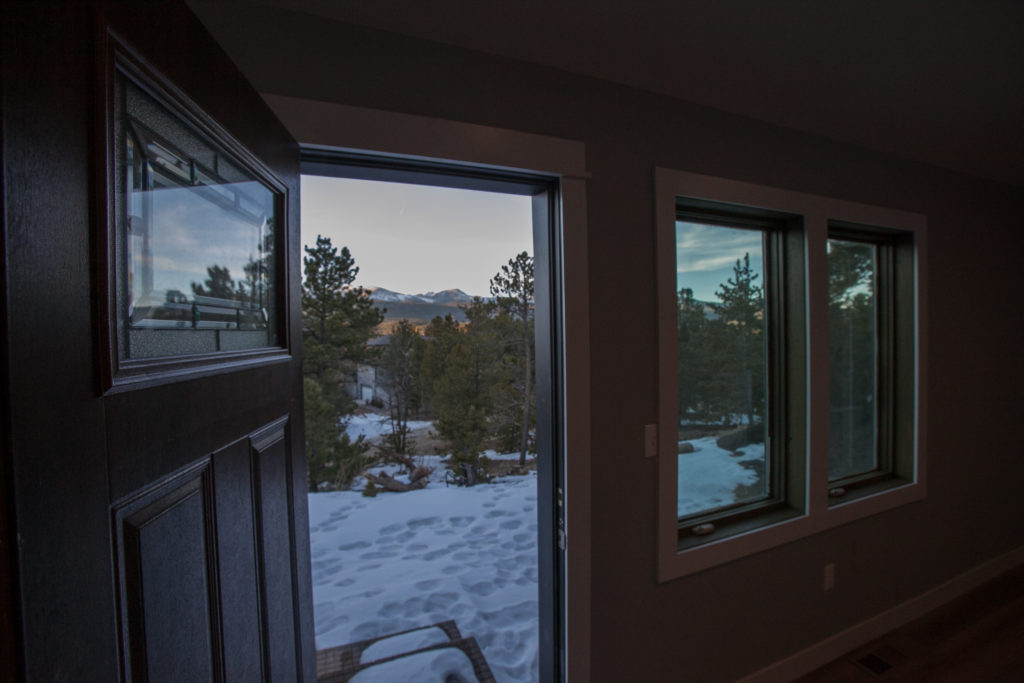
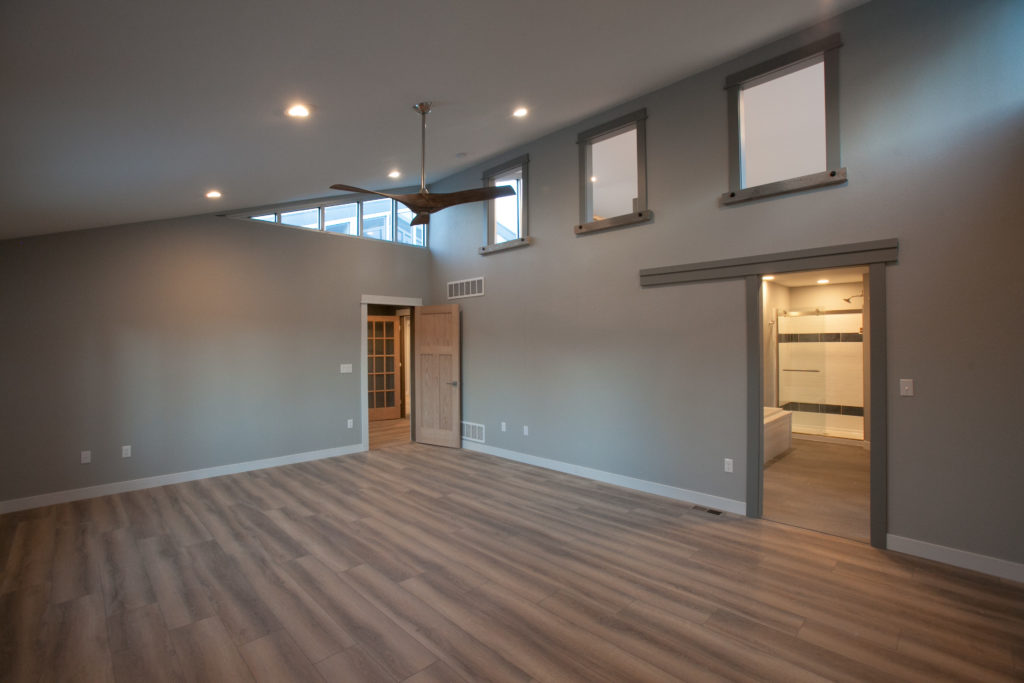

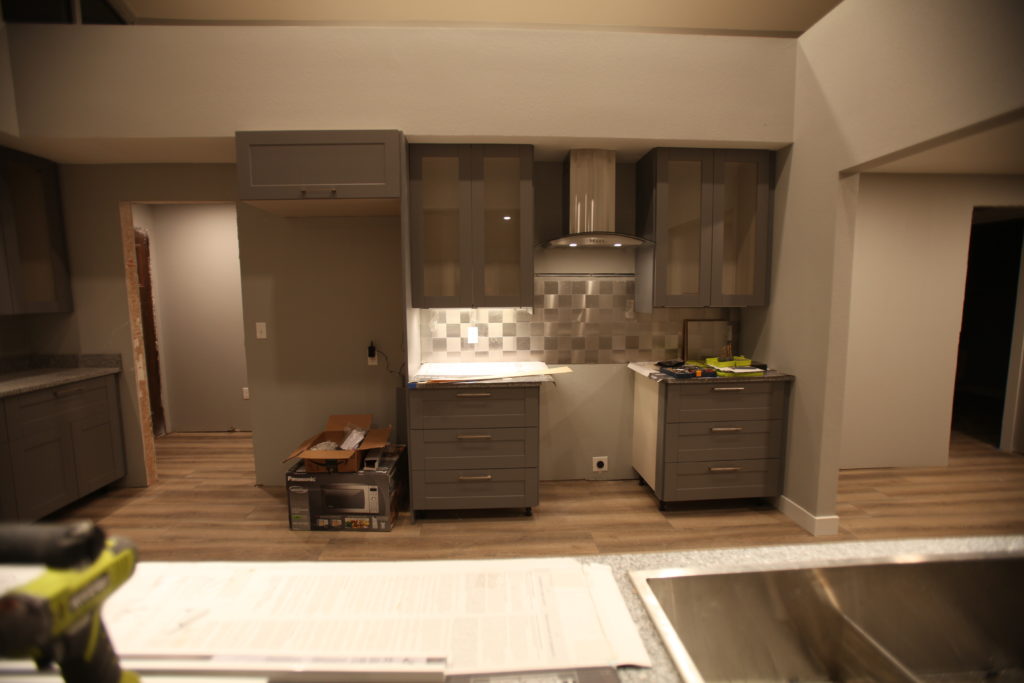
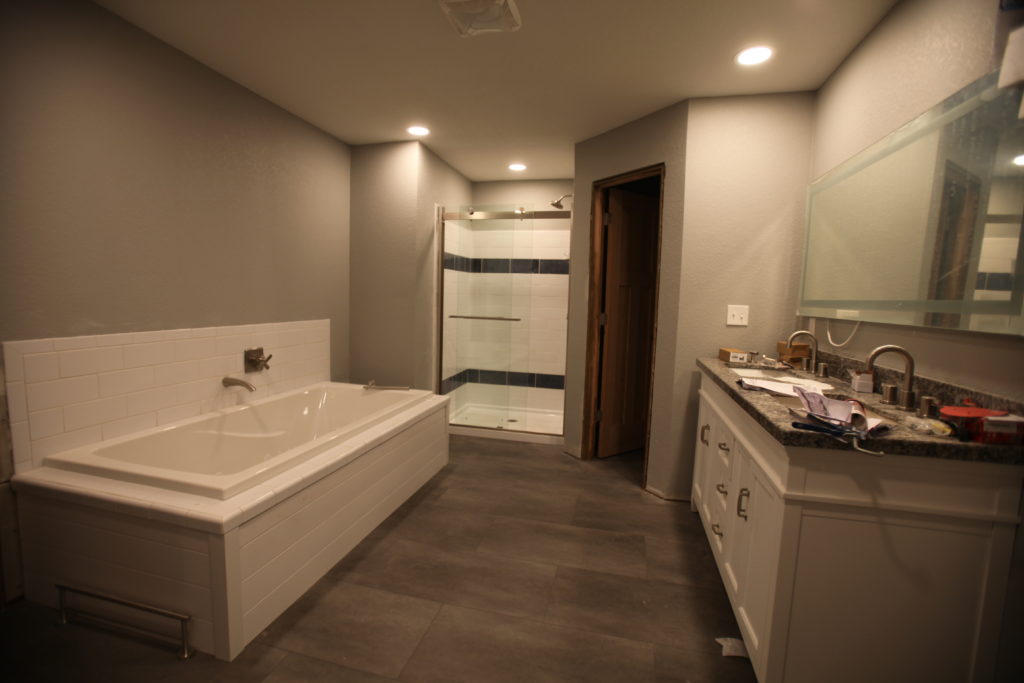
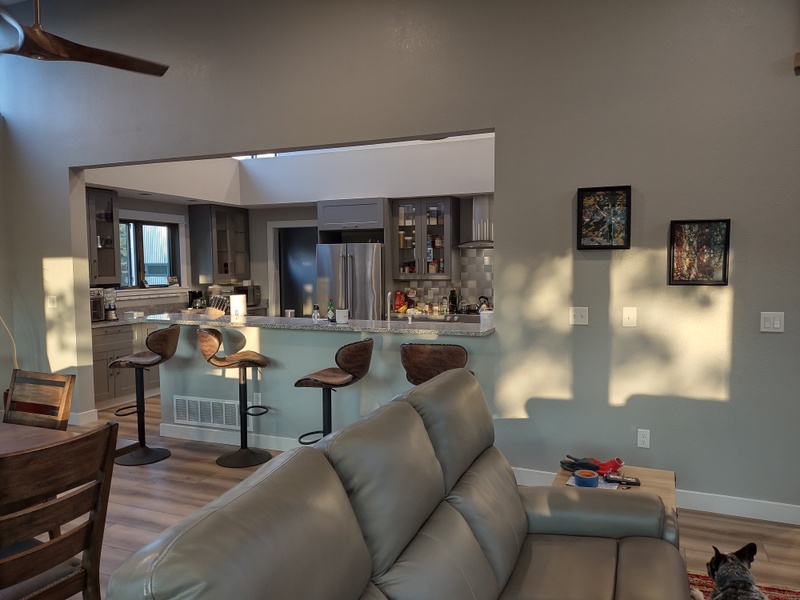
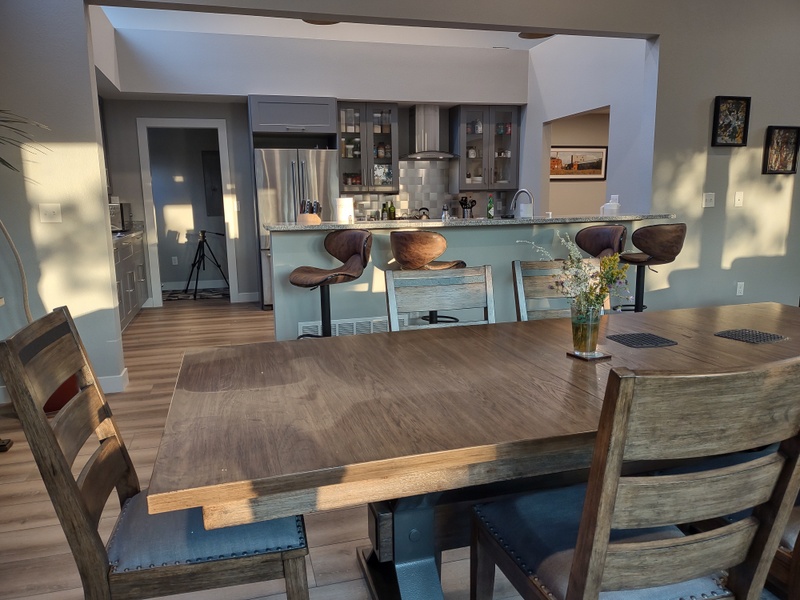
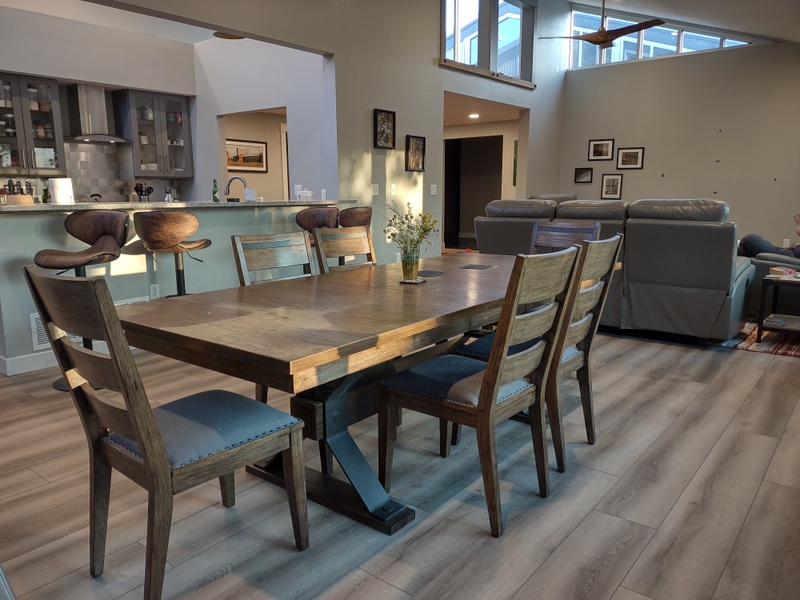
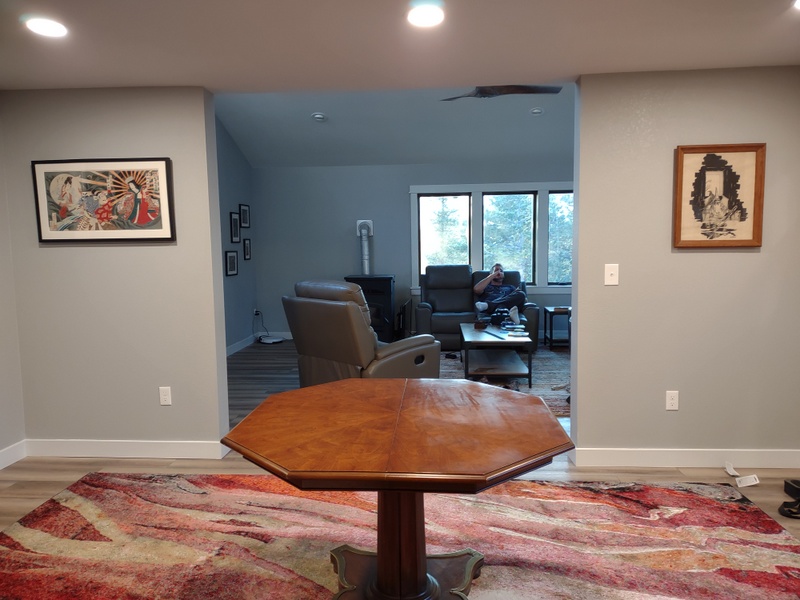
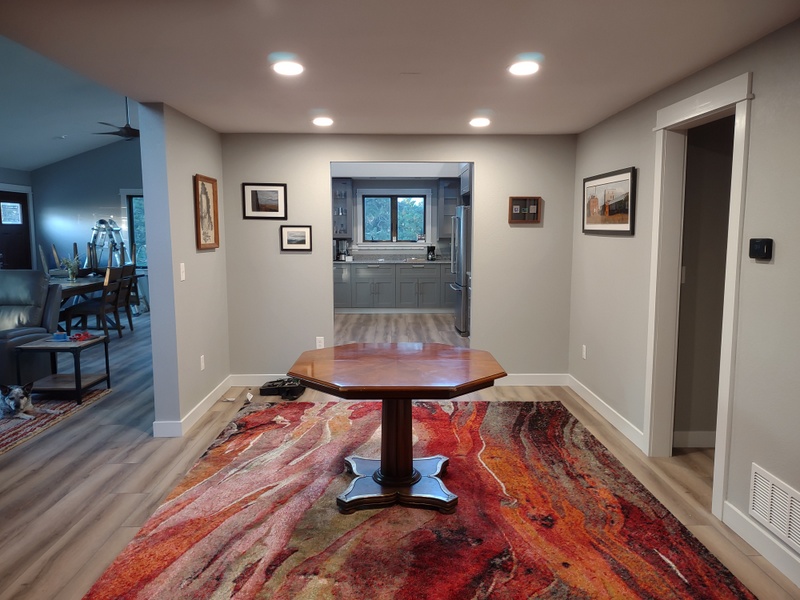
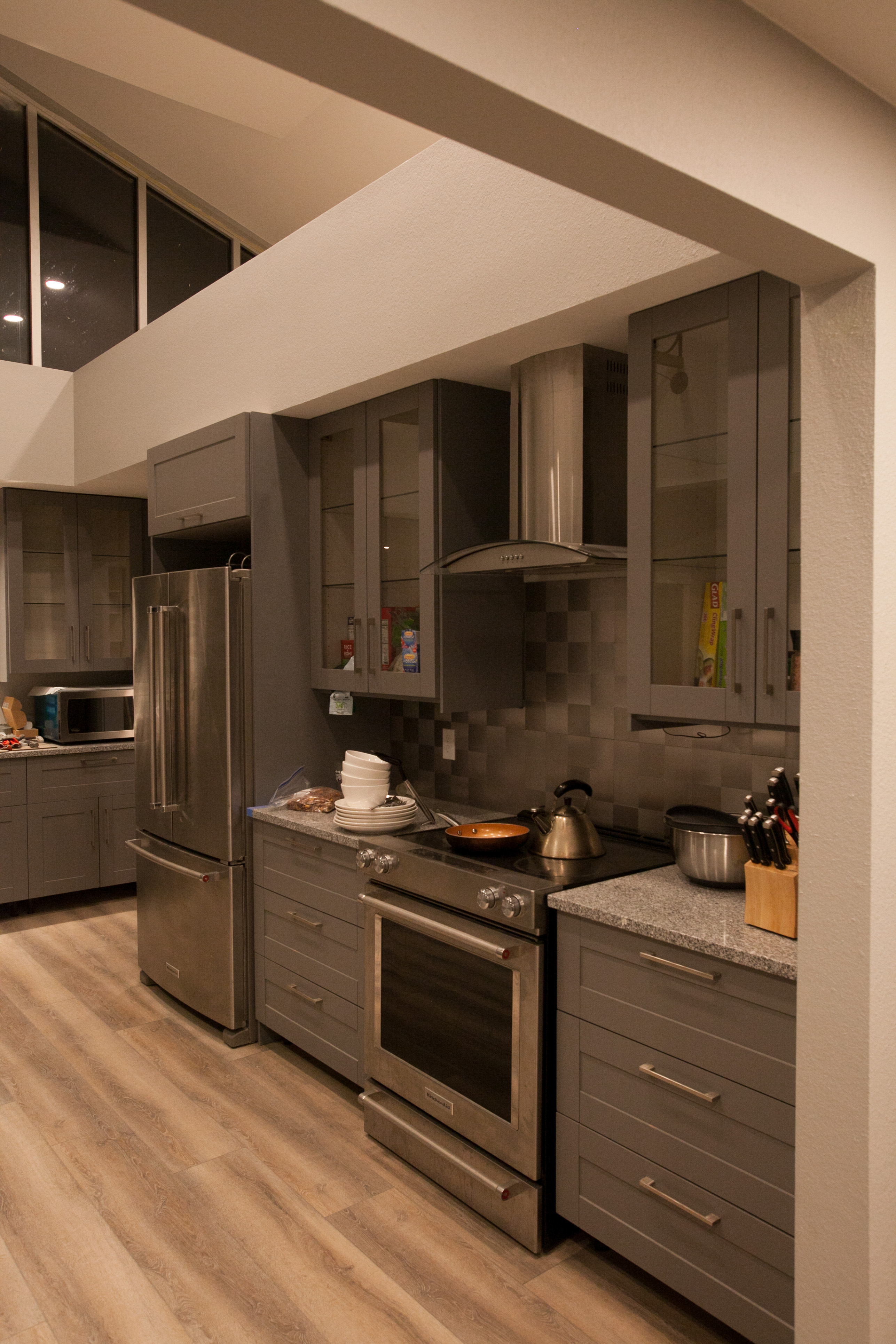
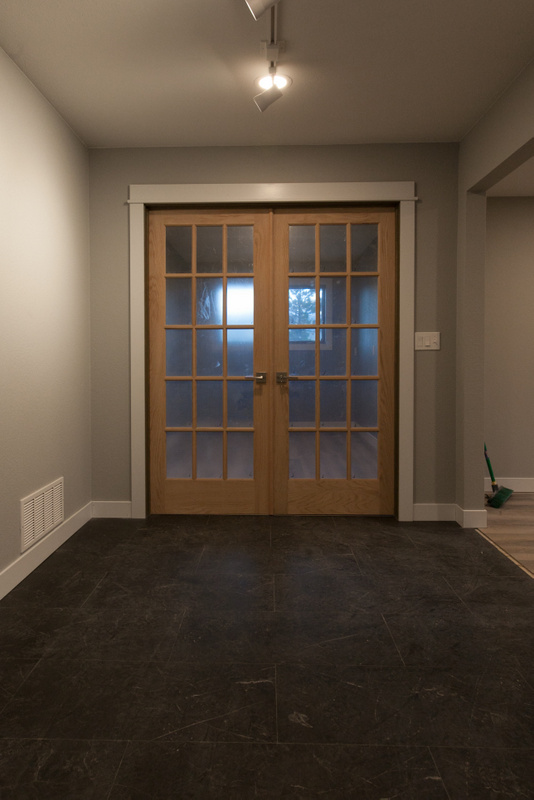
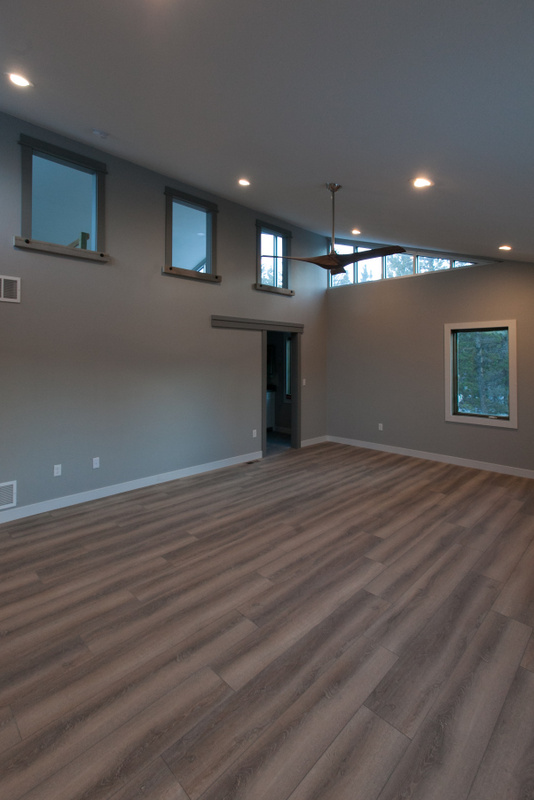
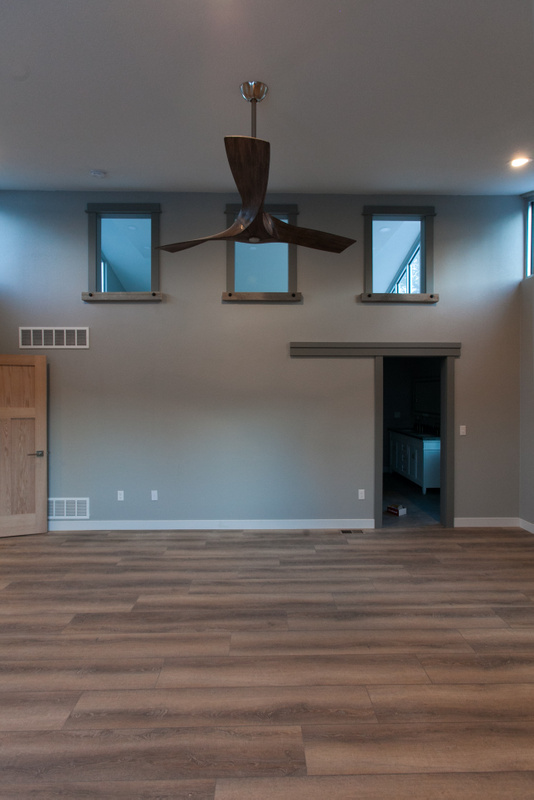
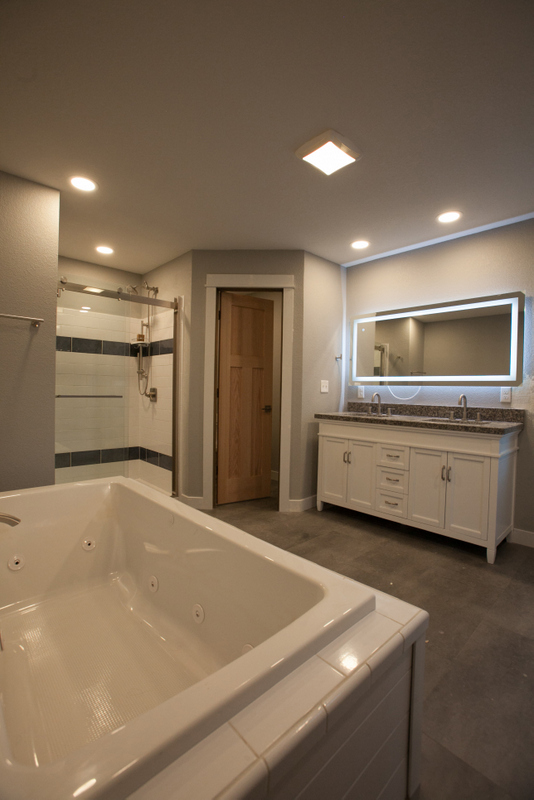
Moving to the Mountains
The thought of moving to Colorado is very romantic. Most of the economic prospects reside along the I-25 corridor from Colorado Springs to Ft. Collins. These economic prospects bring good paying jobs but staggering housing prices, moving farther out of reach each day. While the mountains are always in view when facing West, the vistas from the rolling hills offer 270 degree panoramas of ever expanding housing tracts and a high desert landscape painted in fifty shades of brown most of the year. Hubs like Boulder only amplify the disconnect between wages and home ownership driving development pressure to the surrounding communities. Working in Boulder, for most without trust funds, means living in nearby communities and enduring growing gridlocked daily commutes.
In my son’s case, Lafayette, CO, was the nearby community where in 2015, he found a home within his means. Lafayette is a community undergoing rapid change. Its last period of development appears to have centered around the early 70’s. The housing stock from that period along with many mobile homes are is serious decline. Many new housing, retail, office, and industrial spaces are being developed but are quite pricey. For those of average means, the market offers what could charitably be referred to as fixer-uppers as an only option.
Over several months of 2018, my son and I had what we thought was the ultimate father/son project. As with all construction projects it was trying and exhausting. The end product was quite satisfying, but the biggest bonus was working side by side for the first time since his late teen years. I learned that my son is no longer an inept teenager, but now a talented and resourceful adult capable of designing and executing the solution to almost any problem. For his part, I think he concluded that I am not nearly as big of a dumb ass as when he was 18.
The Lafayette Fixer Upper - Some Before (2015) & After's (2019)
The pictures at this link begin with the Lafayette home in its original state, depict some of the renovations while underway in 2018 and feature the listing photos from late 2019.
With the appreciation in the Lafayette housing market, my son was able to take his gains and move up the mountain to another project home in Nederland. From the first visit, it was clear he had found a property with exceptional potential. A mixture of naivety and perhaps irrational exuberance may have lead us to look past the challenge ahead. As we near completion, it definitely has been worth it. That journey is chronicled in the pages which follow.
Finding "THE" Mountain Home
We spent about seven months incessantly searching internet listings of mountain properties for sale within a reasonable commute to Boulder. When one would seem to hold promise, my son would hop in his car and pay a visit. Countless hours of driving lead to many disappointments. A special thanks to Tim Johnson of The Golden Group Real Estate Advisors for his patience and diligence in arranging and attending all these showing. Tim made a nice commission, but he earned every penny.
Ultimately offers were made on two properties which were rejected. With several emerging prospects, a particularly interesting listing popped up at the end of August 2019. I was planning to be in Colorado the second week of September to help finalize a few improvements on the Lafayette home before my son listed it for sale. It seemed like things were coming together…maybe this was the one.The home was within the city limits of Nederland, Ned to the locals. The Boulder County building commission is infamous for their demands but this home fell under Nederland’s permitting.
I had been through Nederland a few years before when heading for a hike. The town appears a bit worn, but that is somewhat intentional. Nederland was founded on Middle Boulder Creek in the late 19th century as an ideal place to build a mill to process ore coming from gold, silver and tungsten mines higher up in the mountains. The mineral wealth of the region attracted prospectors who ultimately built simple mountain cabins to survive the winters. This history has lead to a significant percentage of Nederland homes being under 400 s.f. The town is intentional about preserving that character in the “Old Town” district leading to the worn appearance.
Ned sits at 8200 ft overlooking the beautiful Barker Meadows Reservoir and happens to be where CO 119 intersects the Peak to Peak Hwy running from Estes Park to Colorado Springs. There are virtually limitless year round outdoor activities nearby. Ned is a very busy little town with a population of only 1400 but with thousands of cars passing through each day in pursuit of outdoor adventures. All that activity means lots of hungry and thirsty people and entrepreneurs ready to serve. Ned has craft coffee, three craft breweries and about fifteen restaurants spanning smokehouse, to wood fired pizza, to Thai, Indian and Nepalese. A bit more pedestrian, but they also have a respectable grocery store and an Ace Hardware that is like hardware stores used to be. The Ace Hardware has roughly 10 times the personnel per square foot as the orange stores and all ready to help – refreshing.
Ned is also special because of the people who call it home. One of the subs related to me that he lived in Ned when he first came to Colorado in the 80’s. He said no one in Ned had last names; representing one cohort who had moved to the mountains to be left alone and another cohort who was running from the law. Most people in Ned now have last names, though I was told the mayor of the nearby town of Eldora is named “Hamburger”. We have encountered lots of friendly town folk and neighbors – all with last names.
Ned is also the home of the Frozen Dead Guy Festival – cancelled for 2020 since they didn’t want any real dead guys. We’re looking forward to v2021 and the coffin races.
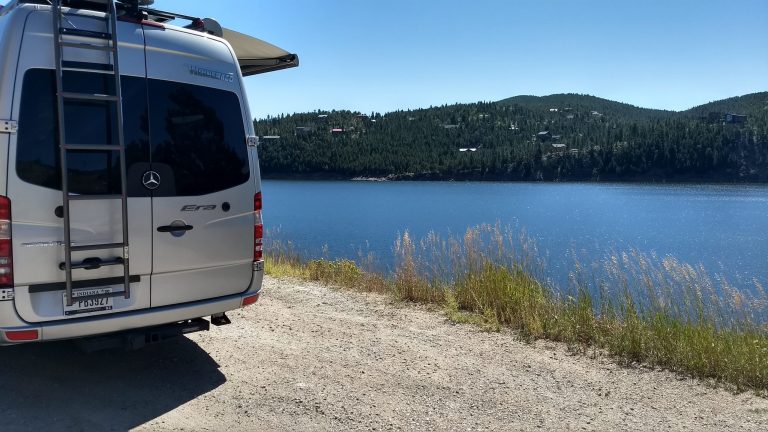

The One!
We scheduled a tour of the house at 9 a.m. on Saturday morning. It was clear immediately that this was the property we had been looking for. It gave a new meaning to “fixer-upper”, but the potential was enormous. We drove down to Ned, wrote an offer and bought a house three hours later.
The location is within the Nederland City limits though it is about 1 mile and 200 ft higher up the mountain than Old Town and in a development called Big Springs. Big Springs dates to the very early 60’s though there are still some un-built lots. Most lots have frightening slopes, but this lot is flat to gently sloping – a rare find in the mountains.
And this house has history.
It has been fascinating to read the chain of title and official documents associated with this home. It was built in 1963. Records indicate the home was remodeled in 1986. Talking with neighbors and townsfolk enriches the story even more. At least one owner used this only as a summer retreat. There was at least one bankruptcy and a couple of foreclosures. Another owner was a photographer who worked for National Geographic and was seldom home. The most interesting part of the story began in 2009 when the house burned, not from wildfire but maybe a candle. The owners at the time were forced to evacuate to a nearby rented home but encountered a protracted effort in trying to gain an insurance settlement. While waiting, they sought and were granted permission to build temporary living quarters – a three car garage with an apartment above. They also commenced designing an addition to the structure. Another major obstacle came when asbestos was discovered in the drywall joint compound. The remediation involved stripping literally everything other than the wood framing leaving a clean slate.
In mid-2012 work commenced on the foundation, framing and roofing. Fate would strike again as the owners appear to have divorced in 2013 leaving the just barely started project in the bank’s hands. It isn’t clear why, but the bank held the property in that condition until selling it in December 2018. The owner we bought from had grand plans to complete the home, but underestimated the challenges of living in the mountains and the challenges of completing this project. He gave up and listed it for sale in Aug 2019 without any progress.
Snow and Wildfire and Radionuclides...oh my
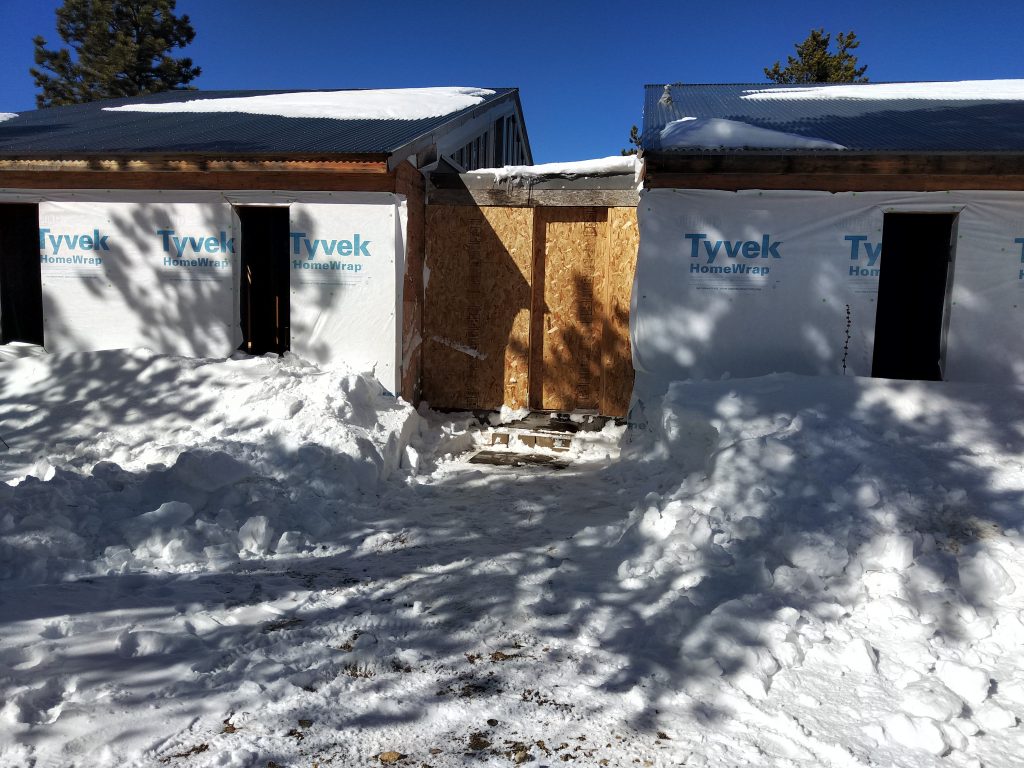
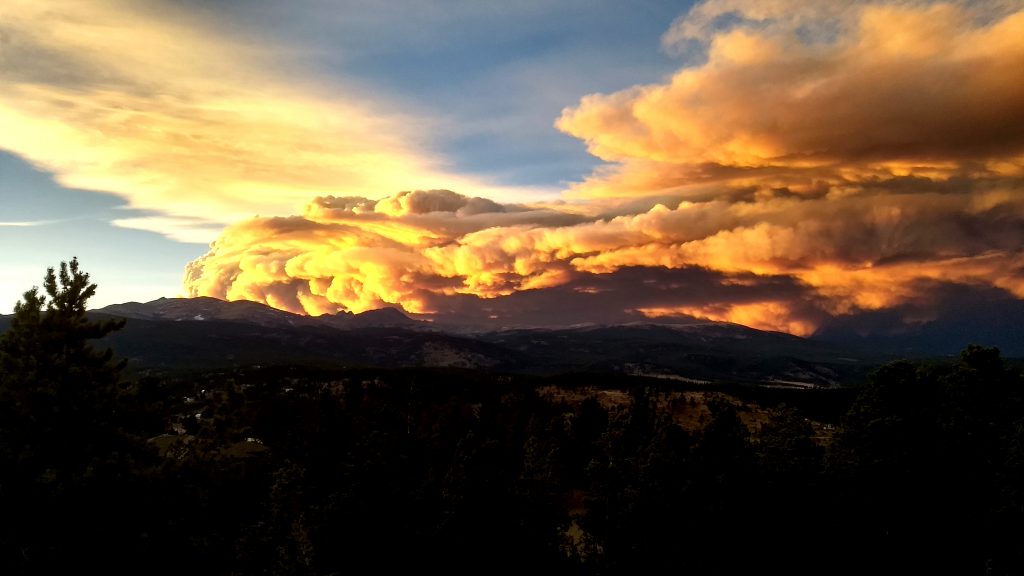
Building and living in the mountains is not for the faint of heart. Conveniences we come to take for granted in the flatter lands become challenging to acquire in many mountain locations. Here are but a few of the challenges:
Wind – The neighboring ridge is called Hurricane Hill for a reason. Buildings must be designed for 130 mph wind loads. Sounds pretty intense but you really have to experience the winds in the mountains. We had to ballast the gas grill with large stones after it blew away – twice. Hurricanes blow in sporadically on the coasts but rarely strike the same place twice. Mountain winds are somewhat seasonal but can be incessant. Sustained winds of 30, 40, or 50 mph are common especially in Winter ( add that to below zero temperature and you have a new appreciation for wind chill factor). While reading an update of a nearby wildfire a 103 mph gust was reported in Jones Pass about 20 miles SW of our location. Simply walking in these winds is difficult. Moving construction materials, especially sheet goods, can be hazardous.
Cold – It gets bitterly cold in the mountains. It is usually a 10 degree differential from Boulder, only 10 miles as the crow flies. This calls for much more meticulous building insulation design to meet energy efficiency codes while avoiding dew points occurring within walls. If the dew point is within an air permeable material inside the wall, condensation will form and mold will grow. The insulation system for this house represented in excess of 10% of the cost for the remodel. Cold also affects productivity in both obvious and obscure ways. Being bundled up like the Michelin man and still having numb digits is a real problem. Increased viscosity of lubricants means air nailers have to be taken inside periodically to keep them firing. Battery operated tools lose their umph way ahead of expectation and batteries must be charged and stored indoors.
Low Oxygen – Much construction work is not particularly aerobic, but try climbing a ladder or swinging a pick or sledge and you suddenly realize your working 8000 ft higher than you are used to. The low oxygen levels were a blessing to all the wood which was left exposed during the 5+ years this house sat unfinished ending with most of it nearly as good as new. Our steel siding is an alloy know as Corten which is intentionally left to rust. In Indiana the oxidation gets a great start within a few weeks. At 8500 ft oxidation slows to a crawl. Low oxygen levels also have a major impact on combustion appliances. The volume of low oxygen mountain air required for complete combustion exceeds the design of most standard burners. Because the air volume is limited by the burner’s design the gas flow has to be decreased. Furnaces and water heaters must have smaller high altitude orifices and/or specific control panel settings to operate properly at these elevations.
Ultraviolet – There are many reasons to appreciate a robust head of hair, the least relating to vanity. Hair serves as a cushion and barrier between your highly vascular scalp and the myriad of sharp or hard objects you are likely to bump working on a project. Hair also is a great protector against UV rays hitting your tender scalp. Gotta wear a hat in the mountains if your hair has moved off your head and down your back. Intense UV also wreaks havoc with building materials. Exposed wood, even pressure treated, looks a hundred years old after only a few. Paints fade quickly, which is another plus for Corten siding.
Snow – It snows a lot! Building design needs to contemplate much larger snow loads in the mountains. Eddy currents form around buildings which leads to immense snowdrifts. When snow falls in sunny areas it usually clears quickly due to the intensity of sunlight and the low humidity. This process often involves sublimation where the solid phase (snow) converts directly to the vapor phase without ever being in the liquid state. In this situation, the ground remains dry even as the snow melts.
Ice – Ice doesn’t perceptively sublimate in mountain conditions. If snow becomes packed it turns to ice. Ice in the shade will last until spring, ice in the sun is likely to hang around most of the winter as well. The driveway has about a 6% slope but is north facing and mostly shaded. That means you’re not going to get up it from roughly December through April without 4 wheel drive. Even with chains the lumber company couldn’t make it up the drive. The only delivery option when starting framing in February was to dump 6000 pounds of 14′ lumber at the bottom of the driveway to be packed up to the house. Ice is really slippery under foot. A thick roll on the forehead of my sock hat and a somewhat generous and resilient nose spared my teeth and cerebral cortex from disaster when I became reacquainted with the coefficient of friction for ice. I am convinced divine oversight has made this the most serious injury experienced by anyone thus far. Another blessing is that injured self esteem heals more quickly than injured brains or teeth.
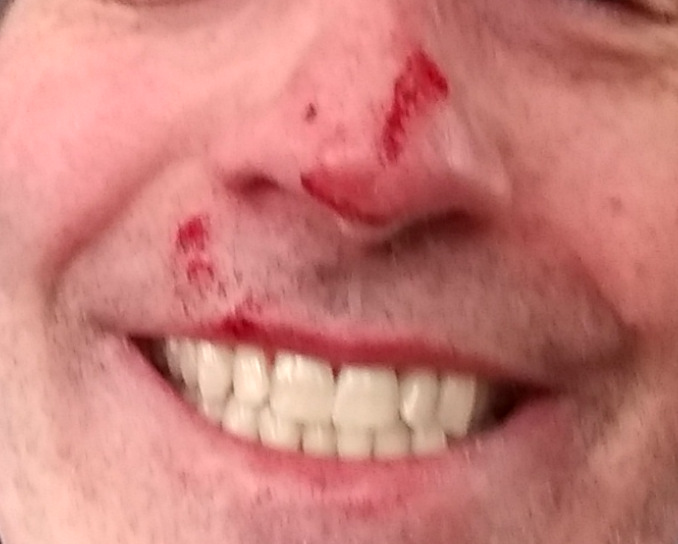
Humidity – It is common to have relative humidity measure less than 15% in the mountains. It is part of the reason for wildfire risks and for the short lifespan of wood used outdoors. Just as snow evaporates without ever being liquid, people generally show no perceptible perspiration. That doesn’t mean you are not losing fluid, it just means you won’t notice until you become seriously dehydrated. Staying hydrated at these elevations and low humidity levels takes diligence. Fail to do so and you’ll have a hangover like headache or worse. I continue to believe Boulder may have been named after the concretions which form in you nasal passages rather than any geological features. Pam and neutral cooking oils are important adjuncts for keeping your skin from turning to leather and cracking in these conditions.
Connectivity – What’s that? Many areas of the mountains have no cell signal – period. We are fortunate to have an AT&T cell tower within a mile. Most internet in the mountains is through satellite providers. We again have the good fortune to have line-of-site to a point-to-point ISP. Data caps and higher cost, but what a blessing over satellite.
Water – The Colorado constitution is specific that every drop of water in the state has an owner and it probably isn’t you. It is illegal to capture or impede the flow of water across your property. Some jurisdictions require enhanced septic systems under the theory you are only borrowing someone’s water as it passes through you and your sewage treatment and back into the ground. Recent legislation allows some homeowners to collect up to a 110-gallon rainwater tank. Wells are expensive and uncertain. If your property is less than 35 acres the water can only be used inside the home – you can’t even legally water an outdoor dog or cat. Cisterns cost about $.25 – $.35 / per gallon to fill – nearly 100 times the cost of municipal water in the Midwest. Good fortune again, we have municipal water, it is high quality and reasonably priced. Another good fortune, the water tap fee was already paid for and in place. The current tap fee for 3/4″ service is over $18,000 vs $200 in our Indiana system. The final good fortune is the presence of a fire hydrant within 50 ft of the property. Much new construction requires building and filling a separate fire protection cistern.
Radionuclides – Say what? These are radioactive elements, primarily radon and uranium, and are common in the mountains. It is a huge deal if they are present in well water and for that matter in the air inside the home. All water with radionuclides should be treated continuously and the reverse osmosis systems to remove the contamination are $10k or more. Chronically breathing air with radionuclides is inviting lung cancer. Often single day or 30-day air sampling is done to determine radon risk. Radon levels can fluctuate widely from day to day and over time making these short-term measurements of questionable value. We are deploying a continuous recording monitor now that the house is weather tight and will develop a strategy based on those results.
Ambient pressure – All insulated glass windows made in the U.S. are manufactured at less than 1000 ft above sea level. Bring one of those to 8500 ft and the glass is likely to explode. Same thing with potato chip bags. Most manufacturers offer options to equalize the pressure within the window assembly making them safe for these altitudes. Don’t expect to see potato chip makers follow suit. Another consideration comes when you make coffee. If it doesn’t seem full flavored, it’s because the boiling point of water at 8500 ft is 196 degrees. This 16 degree difference from sea level means many of coffee’s flavor principals fail to be extracted in the brewing process. If you have a highly developed pallet prepare to be challenged and maybe disappointed when making coffee.
Wildfire – The time to plan for wildfire is not when you see smoke. There are many site and building designs as well as material selections which can vastly improve the prospects of a structure surviving a wildfire. Fire-resistant fiber cement and steel roofing and siding, encapsulated crawl space, un-vented attic, triple glazed windows, no flammable window treatments and backdraft dampers on all venting are some examples. No foundation plantings and a non-combustible 3-6 ft perimeter around the foundation. Concrete patios and stoops, no wood decks or fences. Wildfire site mitigation employing a 15-30 foot defensible zone around the home leaving only a few specimen trees with all branches trimmed up at least 10 ft above the ground are additional steps we are taking. Between mid-August and late October 2020 over 700 square miles with boundaries falling within 30 miles of the home had been consumed by wildfire. It is a threat that is quite unique relative to earthquakes, tornadoes, hurricanes, and other natural events and we are taking it deadly seriously.
Wildlife – Lot’s of beautiful wildlife in the mountains but it is important to remember at least three varieties can kill you. We haven’t seen a bear yet, but we have seen moose and a mountain lion. An old-timer I was talking with over a craft beer told me that while attacks are not uncommon there isn’t much publicity around people who are killed by bears and mountain lions. There is probably way more risk of death driving to Boulder, but attacks do happen and sometimes with fatal consequences. We selected entry doors with 1/4 lights – glass only in the top quarter of the door specifically to lessen the risk of a bear coming in for a visit or a meal. All windows are roughly 5 ft above grade for similar reasons. If a bear is determined to share a meal in your home these measures will prove only an inconvenience to them.
Highlife and Lowlife – Colorado became one of the first states to legalize recreational use of Marijuana. Good move if you want to decrease prison populations, bad news if you want the most productive and reliable workforce. That legislation resulted in a pretty large influx of population who came to work only enough to afford their pot. Drive down a major multi-lane road around Boulder, encounter someone driving 15 under the speed limit and there is a good chance they came to Colorado to indulge. This culture is not good for construction projects. Every time a trade doesn’t show up or doesn’t get their work done on schedule there is a ripple throughout the entire project. I literally prayed every week for the safety of those who helped bring this project together. Pot addled workers risk their well being and that of others. We only had one sub who appeared to indulge regularly and he didn’t last long. He apparently had a very delicate ego as he stopped responding to e-mail, text and phone calls after I reminded him of an installation detail. It worked out for the best as usually is the case. After his first day I realized his work schedule began around 9 a.m., or whenever he could drag his sorry butt the two miles from his home. He was quite prompt, however, when putting his tools away at 2 p.m. He acted like I was crazy when I innocently asked if he worked weekends.
Great Realtor and Subcontractors! – I had a fantasy about managing this project from the second story garage apartment, looking down at subcontractors dutifully completing their work. All the while I’d be drinking coffee and taking in the views of the Continental Divide. That was a short lived fantasy. Fortunately not everyone lives in Colorado to get high. The hunt for subcontractors to work in the mountains is challenging. Subcontractors living in the population centers along I-25 are generally not thrilled by the prospect of commuting up the limited routes to Nederland. CO 119, the main route from Boulder, has been under repair since being washed out in the flood of 2012. That commute takes 25 minutes under optimal circumstance which can easily become an hour or more under less ideal conditions. Those willing to come rightly expect additional compensation for their travel. Mountain based subcontractors are an interesting lot. Many work only to live. They may be hunters, hikers, skiers or mountain bikers and for some all of the above. The economy is good, work is plentiful and mountain based subcontractors are mostly uninterested in getting more work. The few willing to take work can be extremely hard to contact. Only a fraction have a website, many don’t have e-mail or won’t reply. Cell service in the mountains is generally unavailable and few seem to reply to voicemails or texts. One of the biggest challenges of this project was simply finding and engaging subcontractors. That left much more “hammer swinging” than I ever contemplated, but diligent effort yielded some great subcontractors who were responsive, dedicated and passionate about performing good work. Here is a list of true partners I would like to recognize and thank:
- Tim Johnson – The Golden Group Real Estate
- Kip Farmer Designs – Color Selections
- Jim Stack, LLC – Framing
- Canyon Plumbing
- Axicon Electric
- Mountain Air HVAC
- Gilbert Concrete
- Black Hawk Hauling
- Fortified Carpentry – Siding
- RG Insulation – Philip Trimm
- Elite Construction – Drywall
- Jorge Majores – Painting
- Cameron Widoff – Ceramic Tile Showe
The Project
The closing happened on October 11, 2019 and thus the project began. A couple of months of drawing and revising plans and searching for tradespeople begins. A structural engineer was required to design modifications to some of the bearing walls. In early December 2019, the first set of plans are submitted and much to our surprise only required minimal revisions in order to obtain a building permit. Permitting and inspections are done by Safe Built as a third party contractor to the town of Nederland. Safe Built provides these services to small communities throughout the U.S. We expected the worst, but found they were highly collaborative and a pleasure to work with. The stories go that “in the day” building inspections in the mountains were mostly done over beers at the nearest tavern. That means that a great deal of older mountain construction is hazardous and horrible. Safe Built’s inspectors were very knowledgeable and thorough, but always fair and clearly looking to assure the best outcome for the homeowner. After a couple of decades dealing with an arbitrary, capricious and insufferable local building commissioner in Indiana, I can only hope some day our community reaches the professionalism exhibited by Safe Built.
With permit in hand, modifying and completing the framing began in early February 2020. The project passed final inspection in early December 2020.
